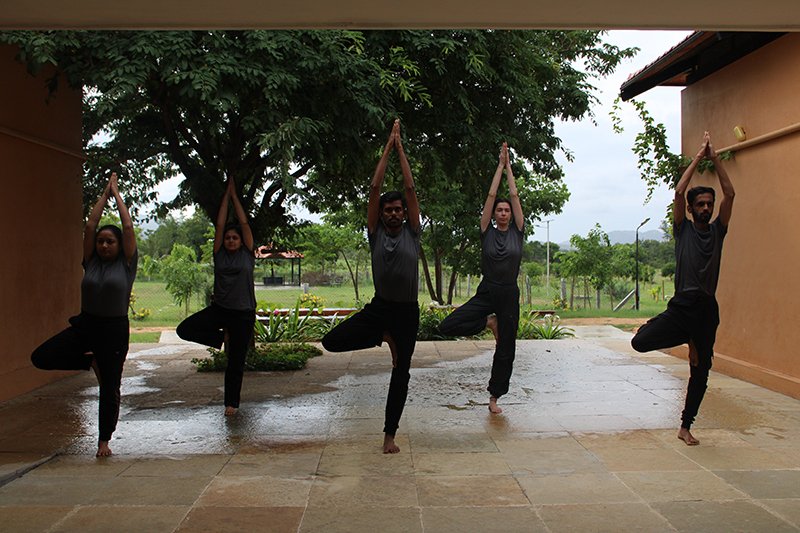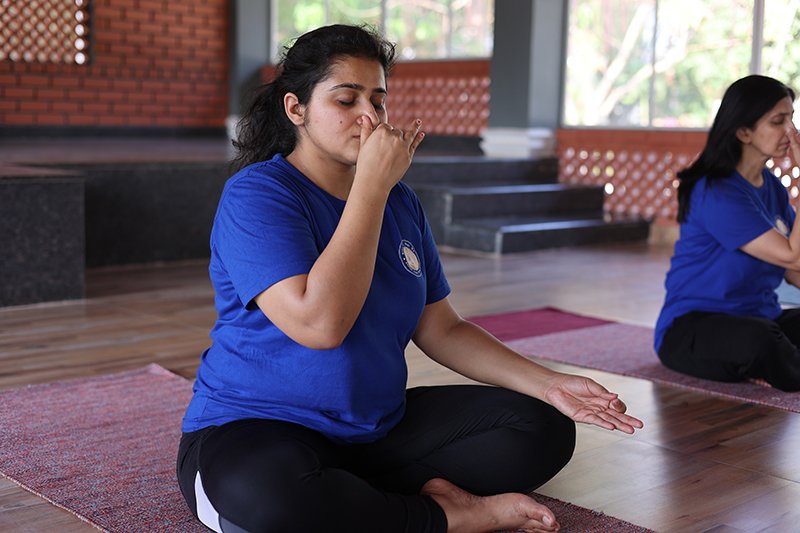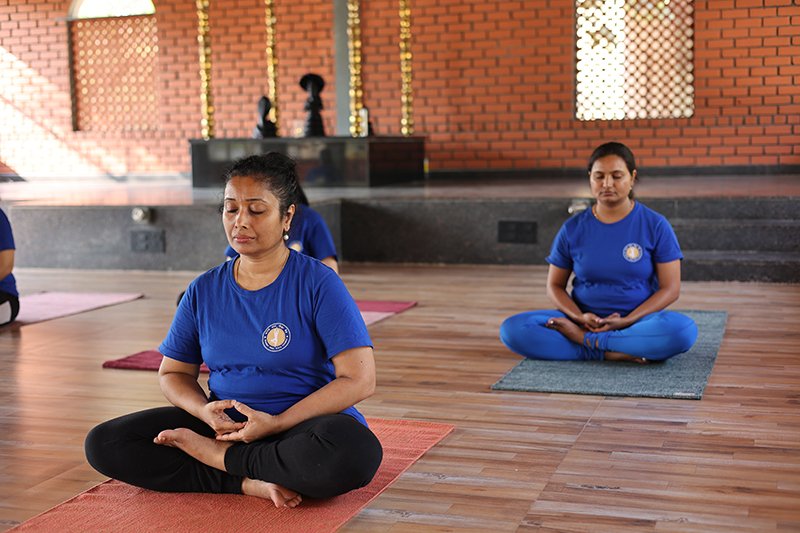
Yoga practice, in order to yield desired results, requires consistent and dedicated effort for a length of time. Through time, it has been noticed that the one thing common to any practitioner is the struggle with consistency. It might seem like a very modern challenge; however, Yogic texts reveal answers to inconsistency, enumerating steps to practice and insights into possible obstacles and their solutions, while one is on this path.
Obstacles are varied and can come in the form of not being able to find time to practice or not knowing what to practice, laziness, lack of motivation, guidance, and impatience when not getting desired results. One of the easiest options is to join any good Yoga practice sessions and get back into the habit of daily practice. While at it, it is best to first carefully look at your daily schedule and come up with a personal practice plan to suit your needs.
In this article we will discuss tips to help make a well thought out practice plan to make the most out of your Yoga practice, both on and off the mat.
1. Fixing a time for your practice
We are all creatures of habits and therefore repeating an activity at a fixed time, daily, for a period of time cements the foundation for a consistent pattern. Early mornings are indeed the best time to practice; however, you can also schedule your practice in the evening. Whatever time you choose, stick to it as much as possible. On busy days, your practice could be just sitting on the mat at your chosen time and concentrating on your breath or just chanting a mantra or sitting quietly for a few minutes. This helps build momentum and trains your mind to hold onto the practice.
Having a set of clean and comfortable clothes, a personal yoga and meditation mat and a dedicated space for your practice also helps build a certain energy and rhythm, making it easier to reach a state of quiet and calm, which is the aim of the practice.

2.Flexible Practice Plans
Once you have decided upon a time and place, the next step is to come up with a plan (or a few plans) for shorter and longer durations. We may not always be able to dedicate an hour or 45 minutes to our practice on a daily basis. Therefore, it is always good to have shorter duration practice plans for 15 – 20 minutes, or even 10 minutes alongside longer duration plans.
Before we decide upon what to put in each of these plans, let us quickly look at the general flow of a Yoga practice session.
- Begin the session with warm-ups or Sukshma Vyayamas and Pawan Muktasna series: You may choose some postures and exercises from each of the categories. These help prepare the joints and muscles for Asana practice and prevent the body from getting injured.
- Surya Namaskar: This could be a stand alone practice or a few rounds Surya Namaskar can be performed after the warmups to energize the body. If practicing this in the evening, be sure to do so a minimum of three hours before your bedtime.
- Asanas: There are broadly four categories asanas, standing, sitting, prone and supine. Ideally, it is best to select a few asanas from each of these categories. If that is not always possible, then select a few asanas, that make your spine move backward and forward, stretch and twist your spine and side bends and postures where your head is below your heart to improve blood flow in the region above your shoulders. Each asana or a combination of asanas also have specific health benefits, counter poses and contra-indications (who should avoid those asanas). These are also some of the factors that should be considered while coming up with a personal practice plan.
- Shavasana: This is a relaxation posture that is ideally performed at the end of the asana practice. This allows the prana or the energy in the body to flow to all the body parts and rejuvenates and calms the mind and body.

- Pranayama: This is generally practiced after shavasana. Some of the simple pranayama practices that could be done daily by almost everyone include sectional breathing, full yogic breathing, the alternate nostril breathing or Anulom Vilom and Brahmari. These practices improve lung capacity and irrigate the lungs with surplus oxygen, balances the prana and calms the mind. Similar to asanas there are also many other pranayama techniques for specific purposes like energizing, cooling, heating, and increasing the flow of prana in specific areas. These should be learnt and practiced under an expert’s guidance.
- Meditation: All the above mentioned steps prepare the body and mind to become steady and calm. Therefore, it is advisable to enter into some sort of meditation towards the end of the practice. If you do not have a meditation technique that you are already practicing, then breath awareness is a simple yet effective way to meditate. Once the mind is naturally calm, you sit down quietly and enjoy the feeling of peace within.
- Ending the practice: To end the practice you chant a mantra or incantation of your choice or you can simply bow down to the floor in gratitude to mother earth, nature, a deity of your choice, your Guru or whoever you look up to.
3. Off the Mat Guidelines
Yogic texts also prescribe some guidelines for practitioners that help them on their path. These guidelines broadly include:
- Having fresh and nourishing food,
- Simplifying your lifestyle and habits,
- Not overly indulging in sensory activities,
- Being kind to others,
- Practicing honesty to the best extent possible,
- Being regular and diligent with your practice,
- Being one-pointed and sincere in the work we do.
Moderation is key when it comes to living and practicing Yoga.
Based on the points discussed above, you can come up with a plan that suits you best. Planning your yoga practice is an essential step in being consistent. By setting a clear intention, choosing the right pose, creating a balanced sequence, and being consistent, you can enjoy the physical, mental, and spiritual benefits of yoga. Whatever be your intention ⎯ be it to reduce stress, increase flexibility, or find inner peace ⎯ a well-planned yoga practice can help you achieve your goals and enhance your overall well-being.

If you are unsure about the plan you have designed or need some guidance with coming up with a practice plan, you can always write to us at connect@bharatyogavidyakendra.in and we would be more than happy to help you get started.
The essence of all the courses at Bharat Yoga Vidhya Kendra (BYVK) is derived from the teaching of Sri M and the understanding of the Yogic texts. All our participants are given an in-depth knowledge of the asanas, pranayama and meditation techniques which enables them to customize their own practice to better suit their bodies and minds.

